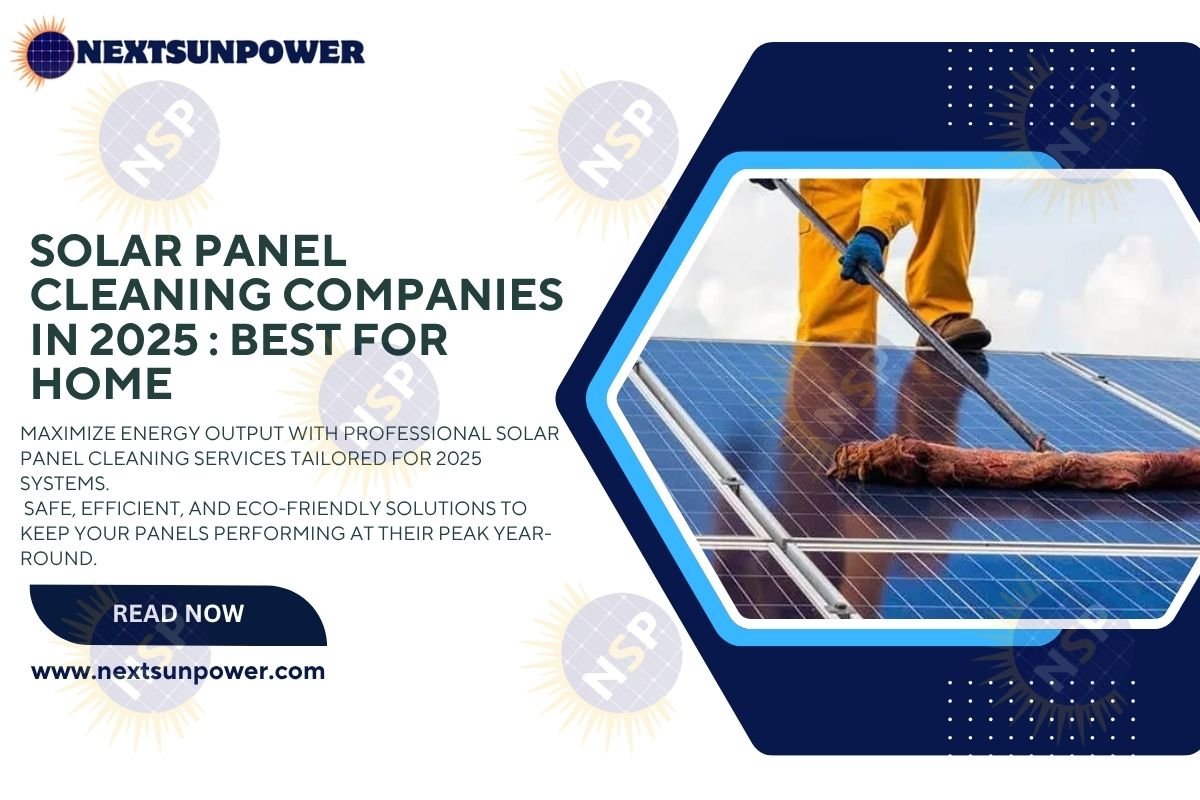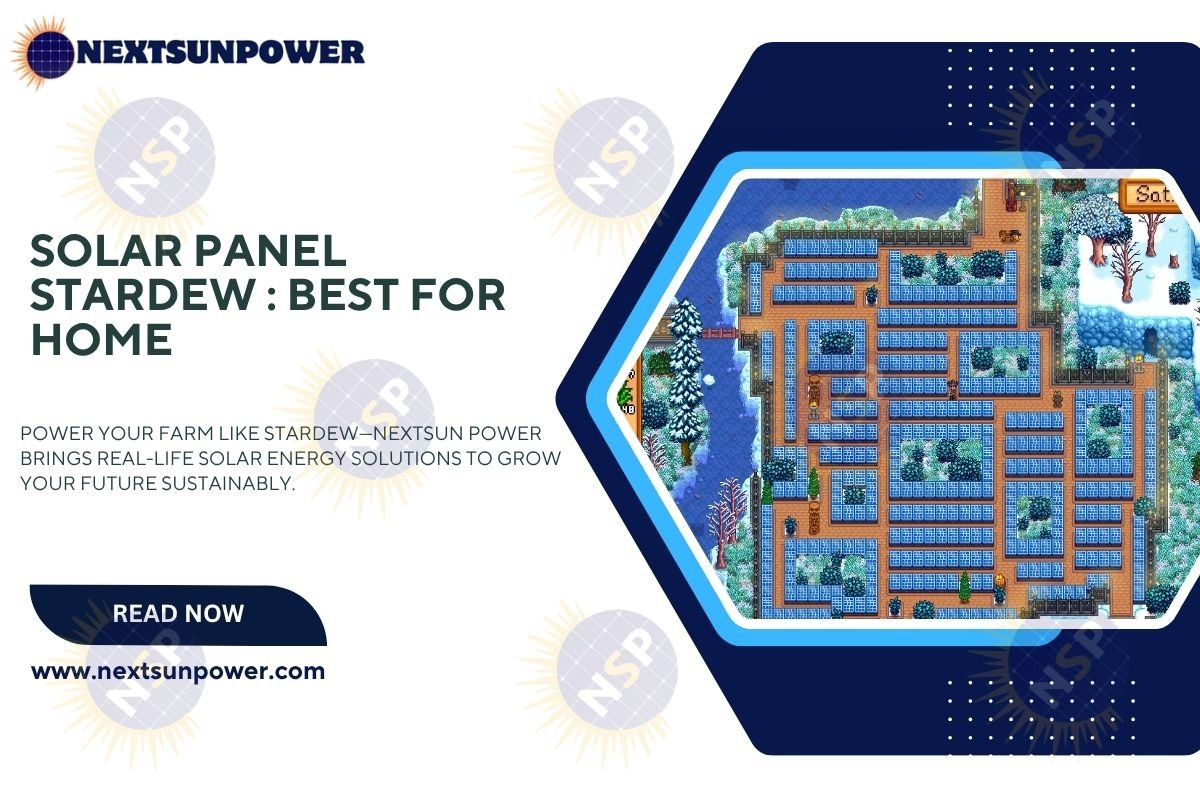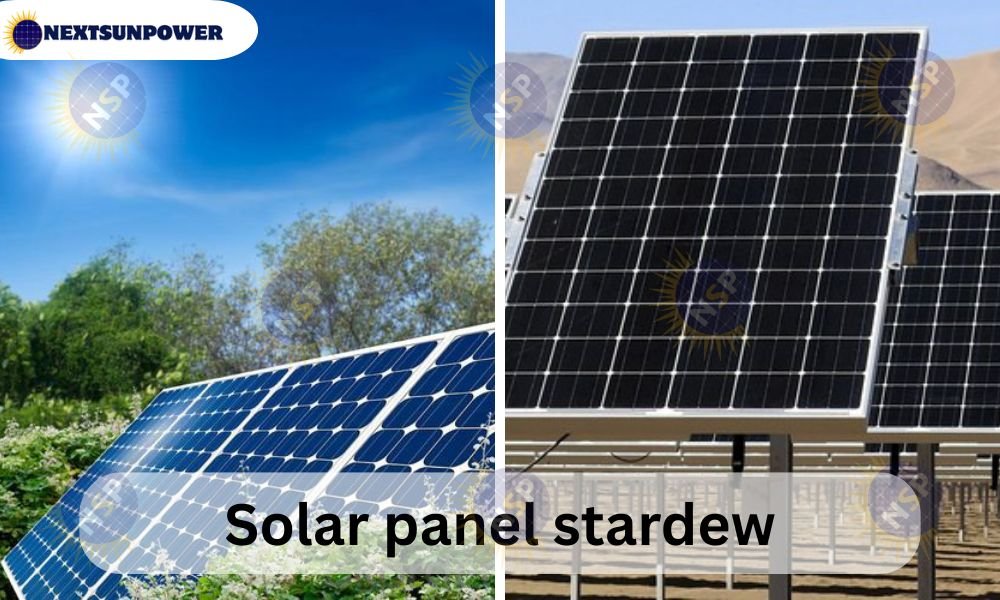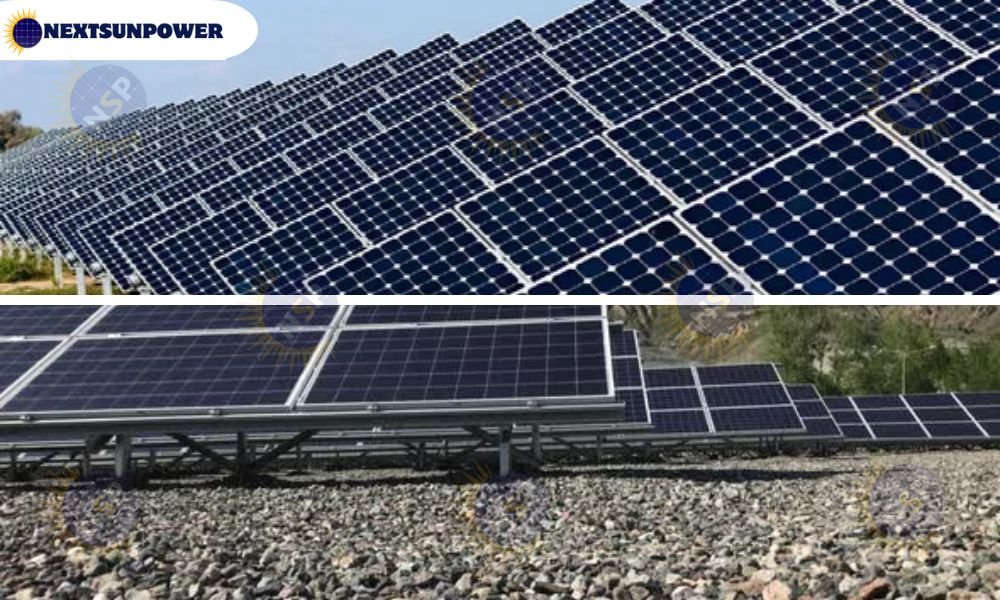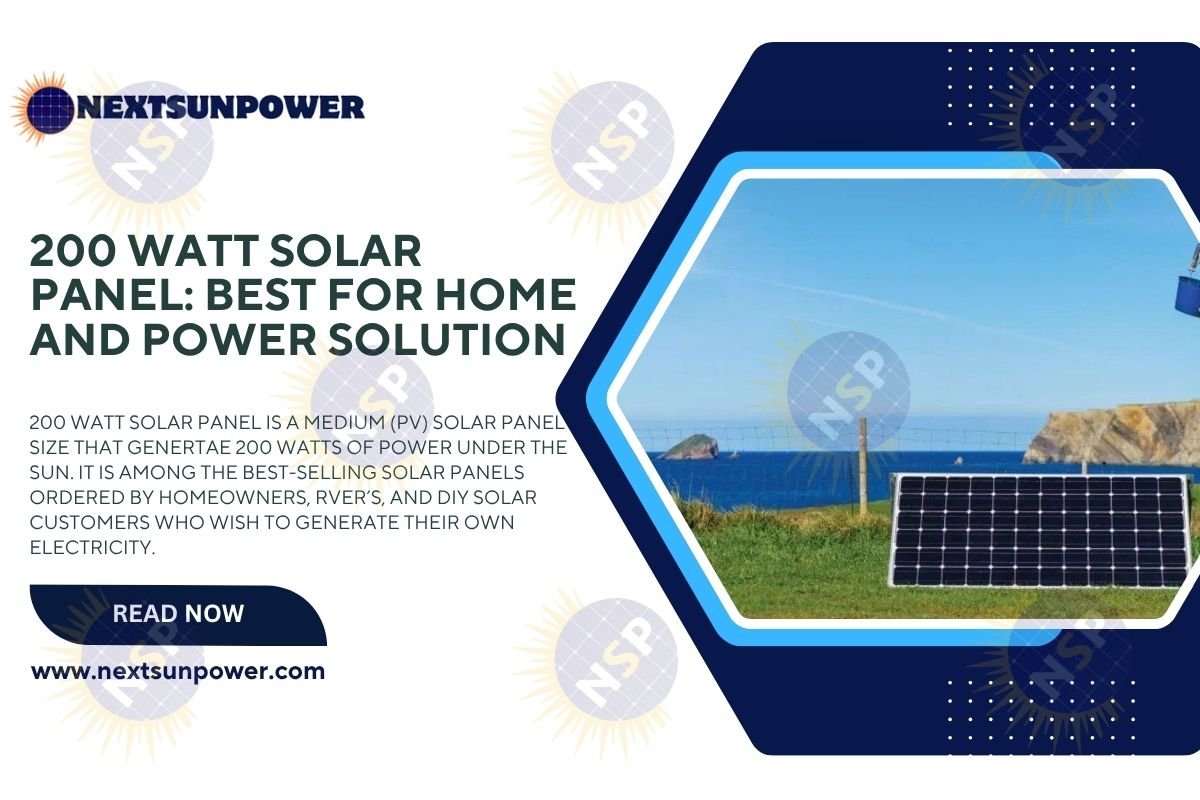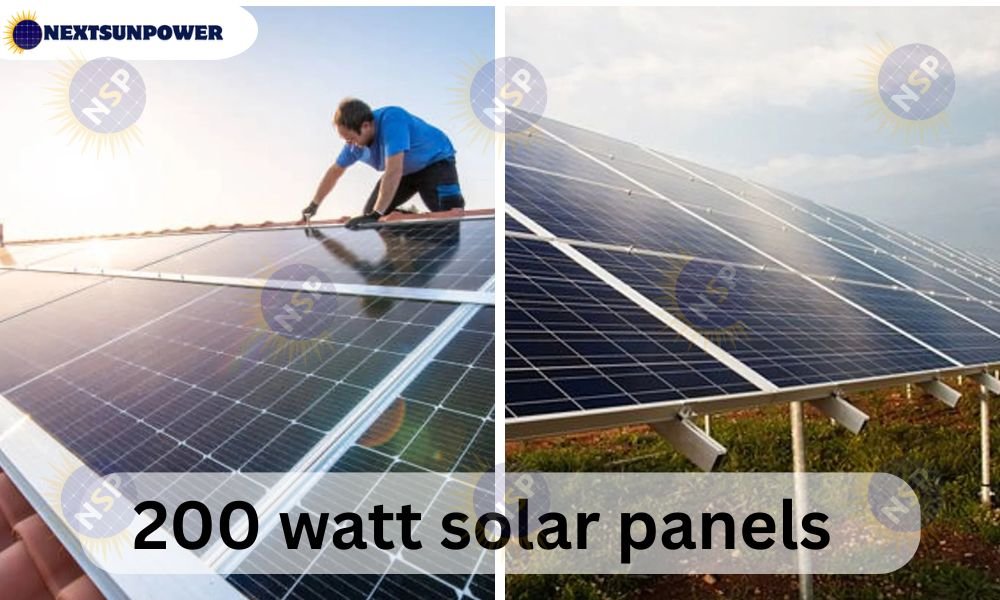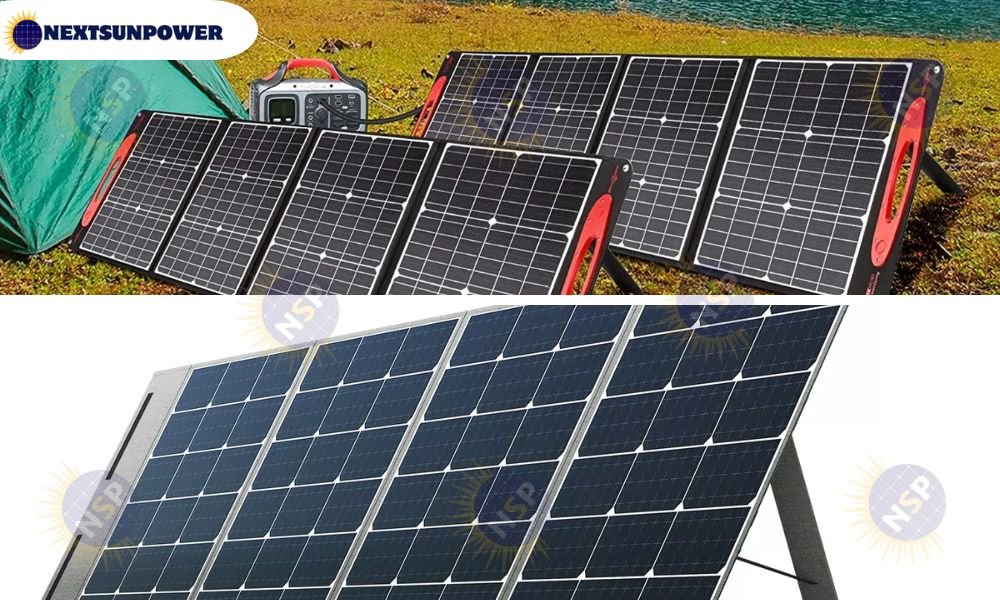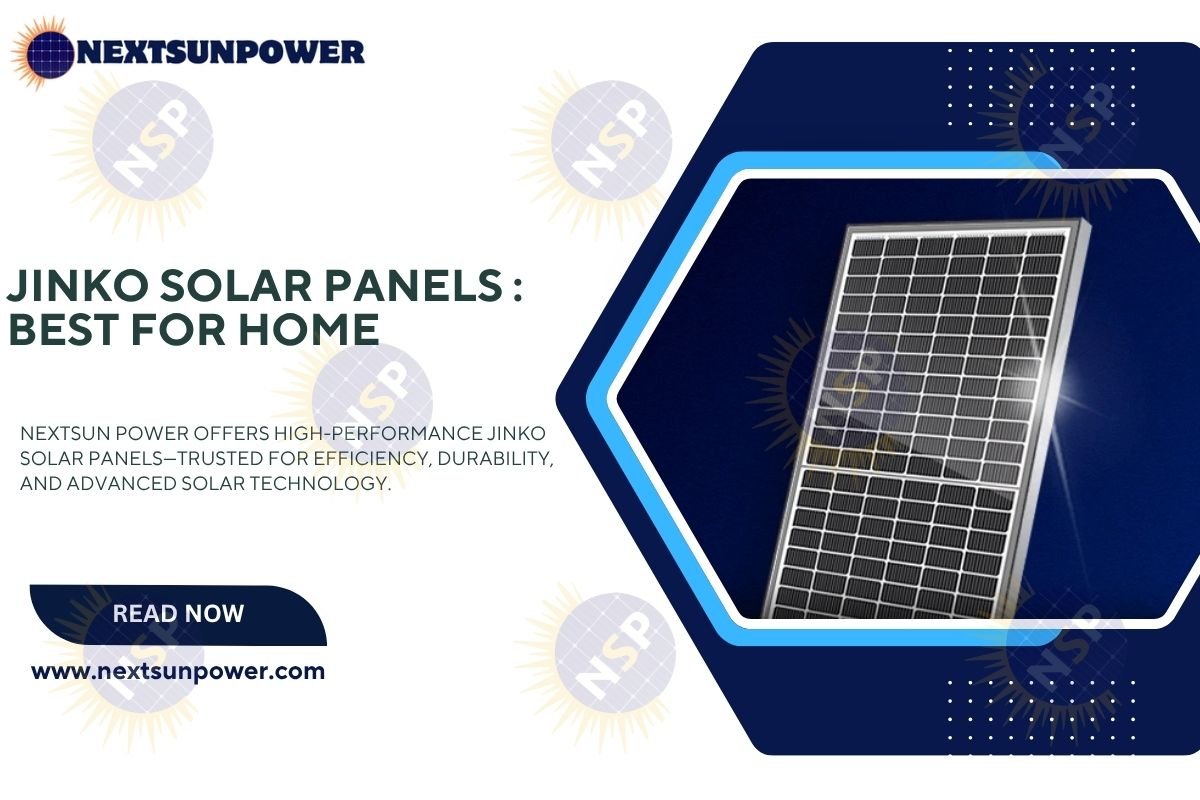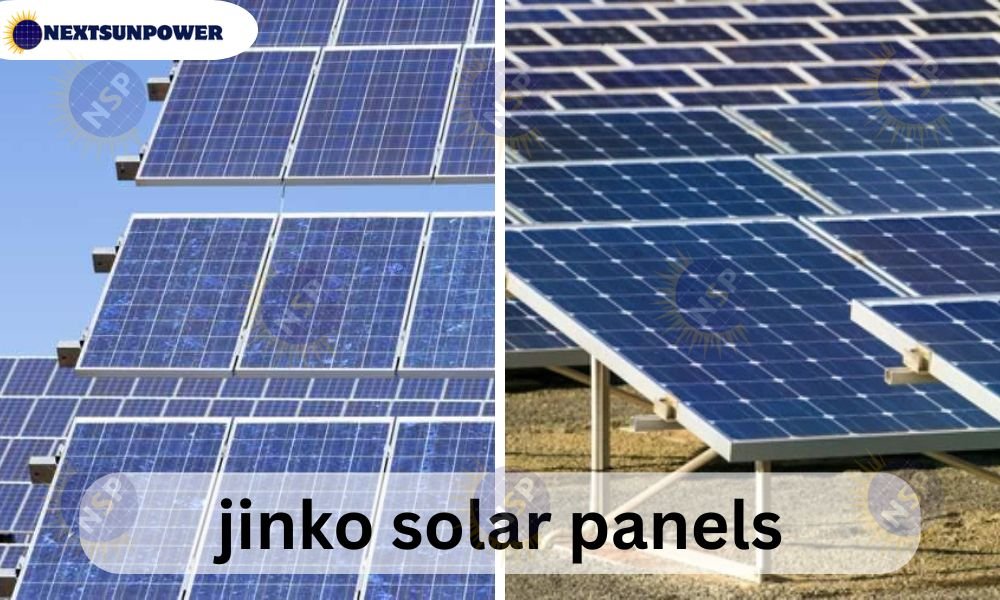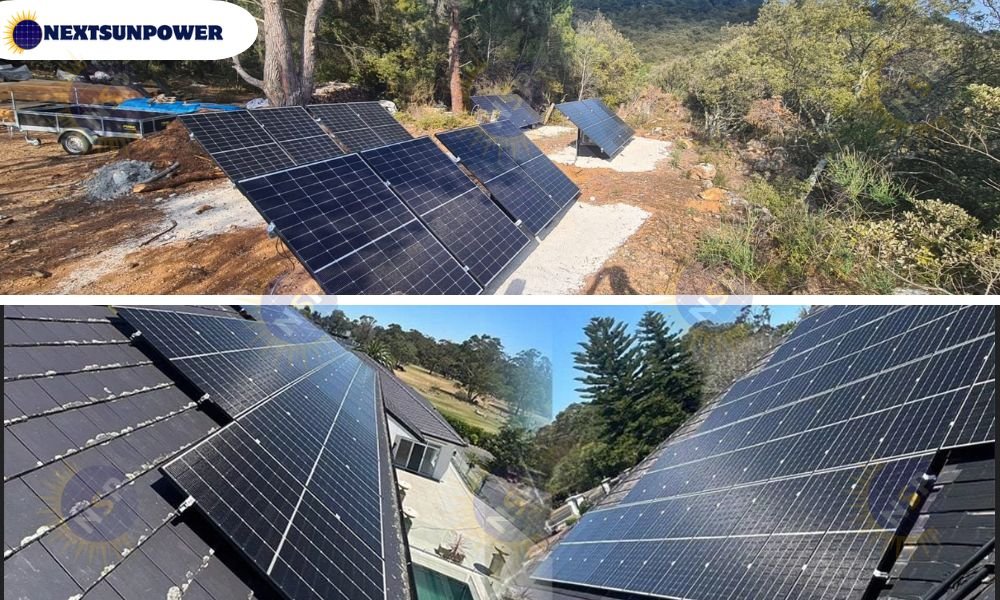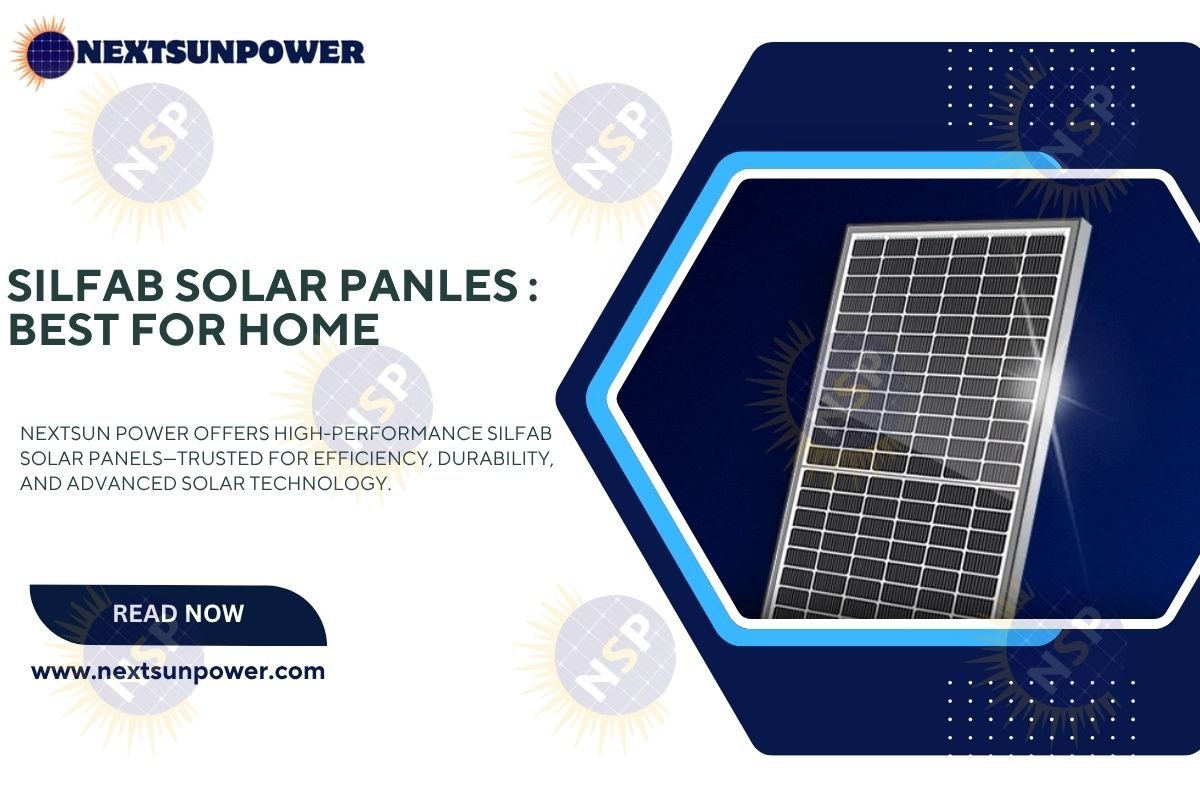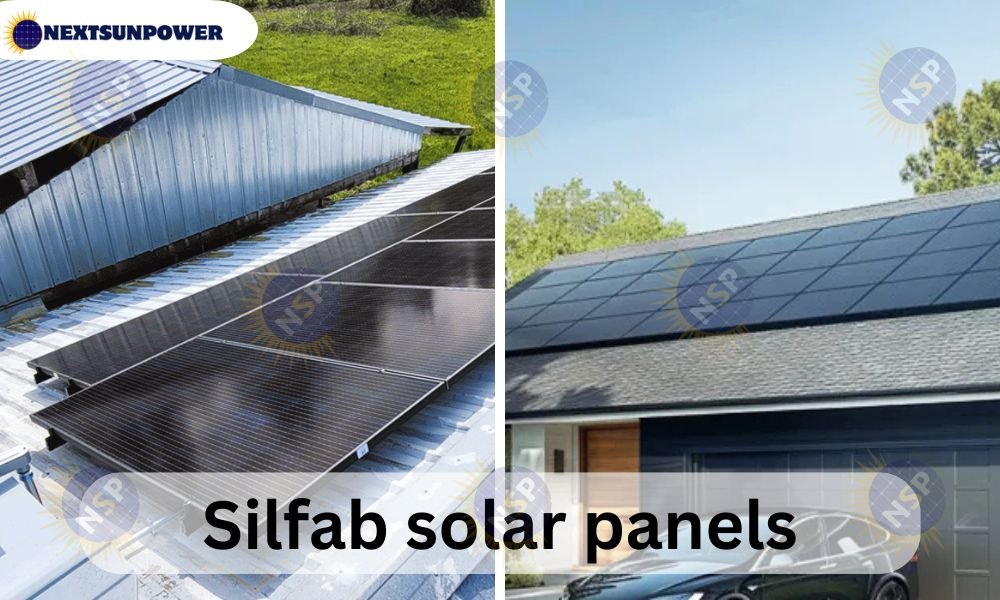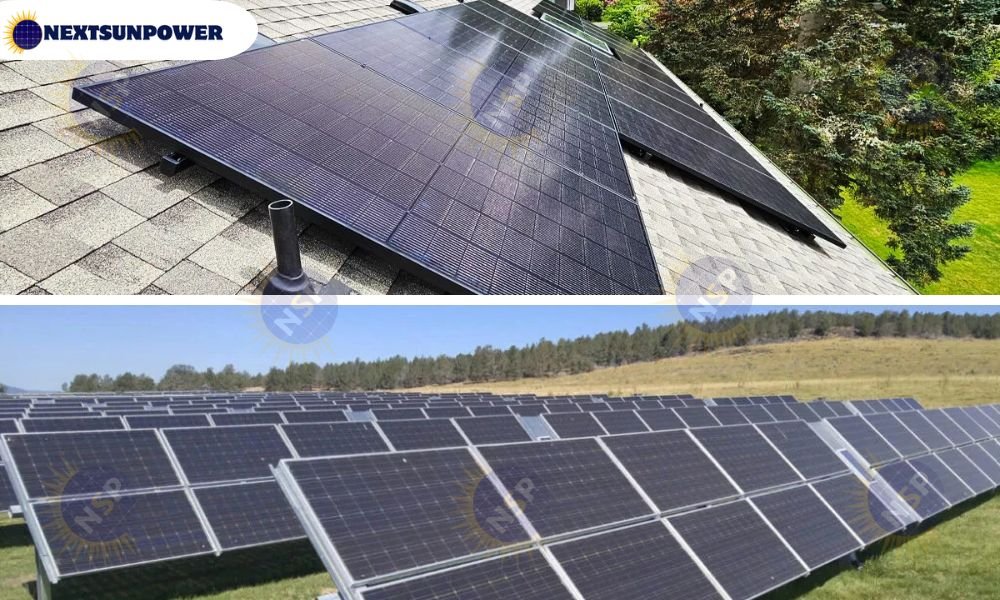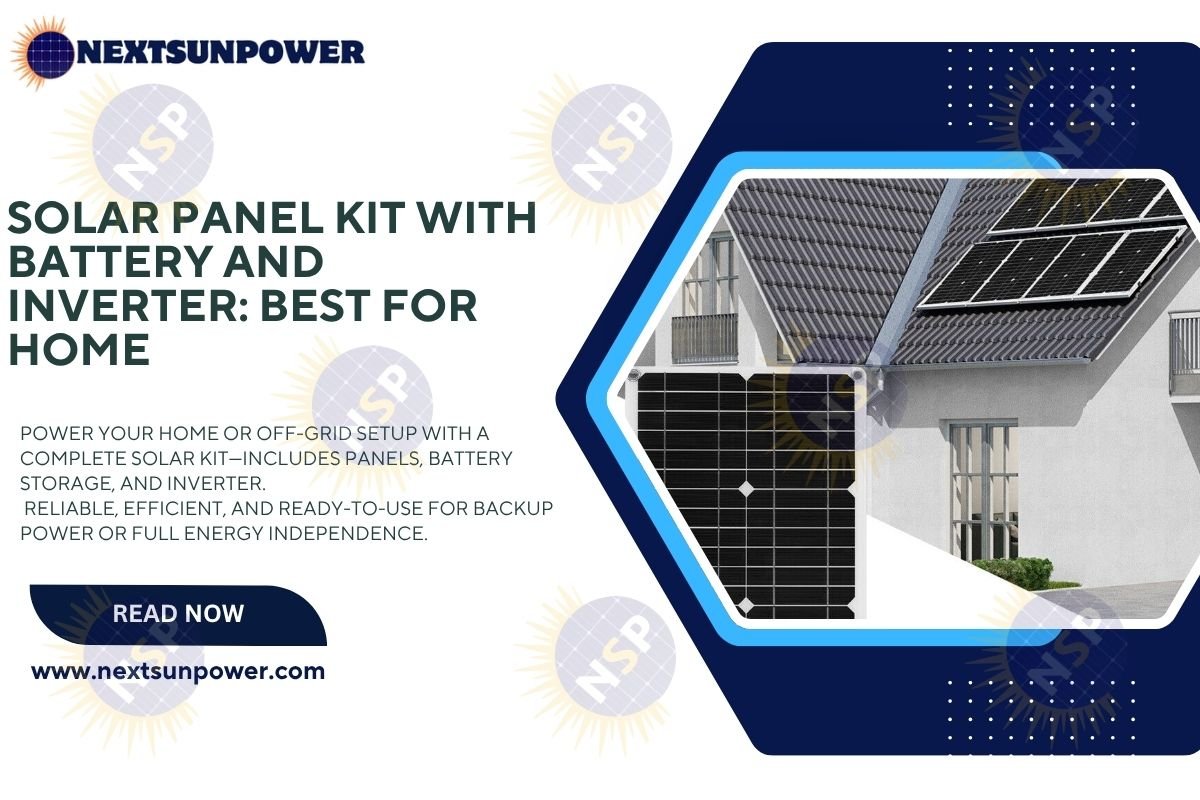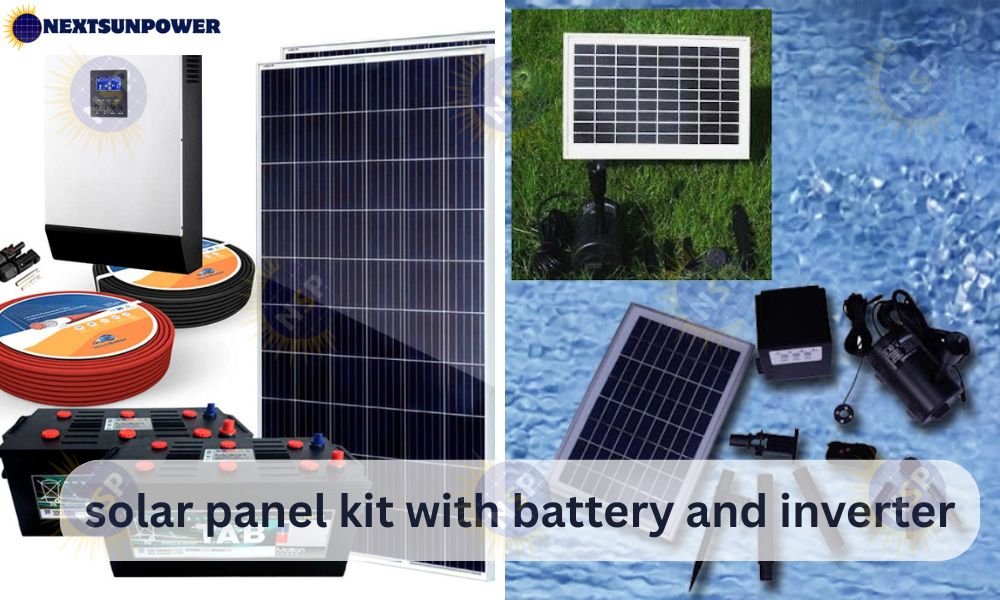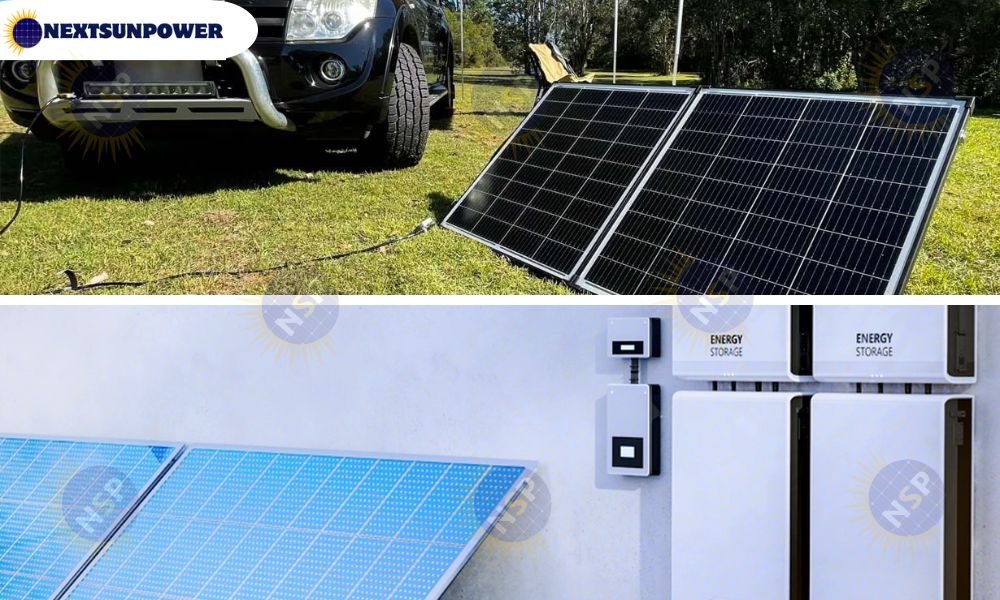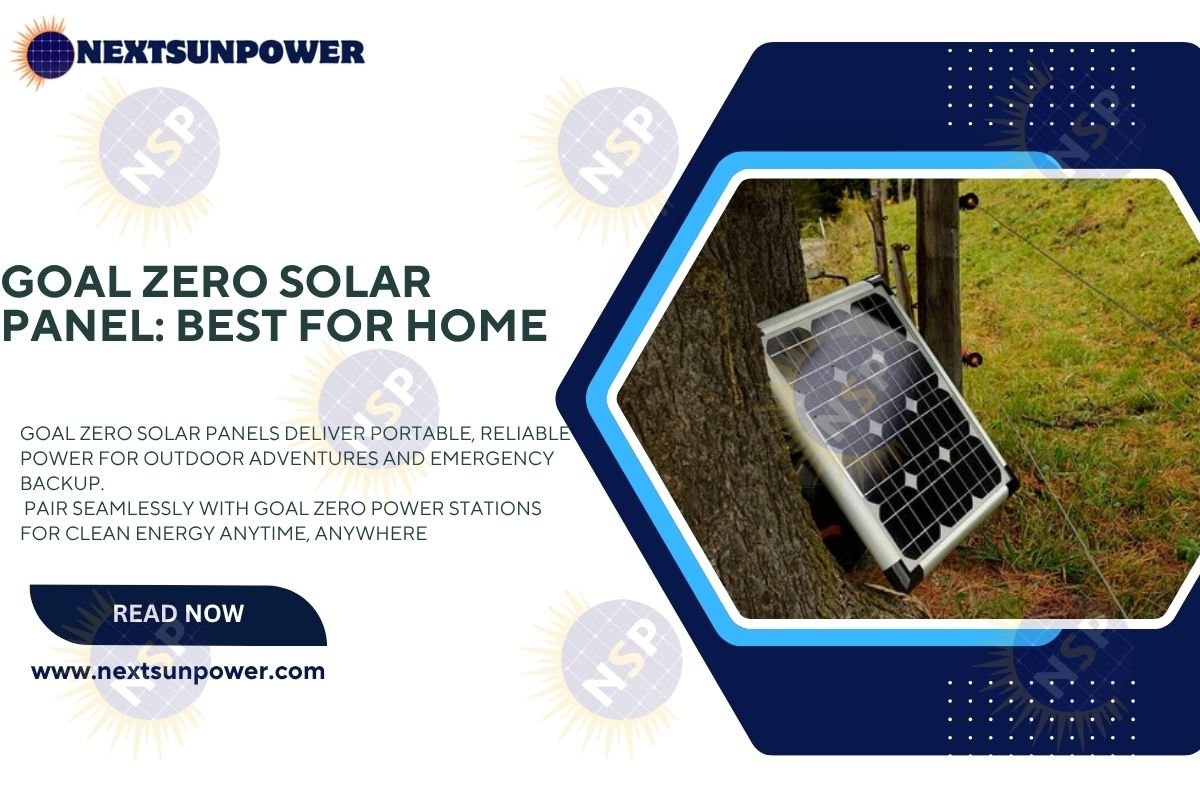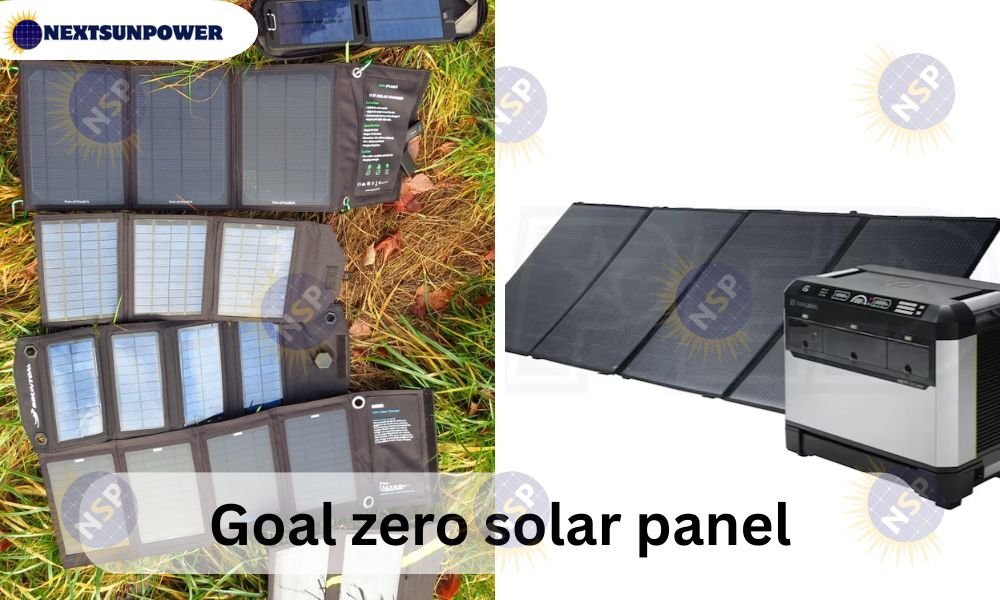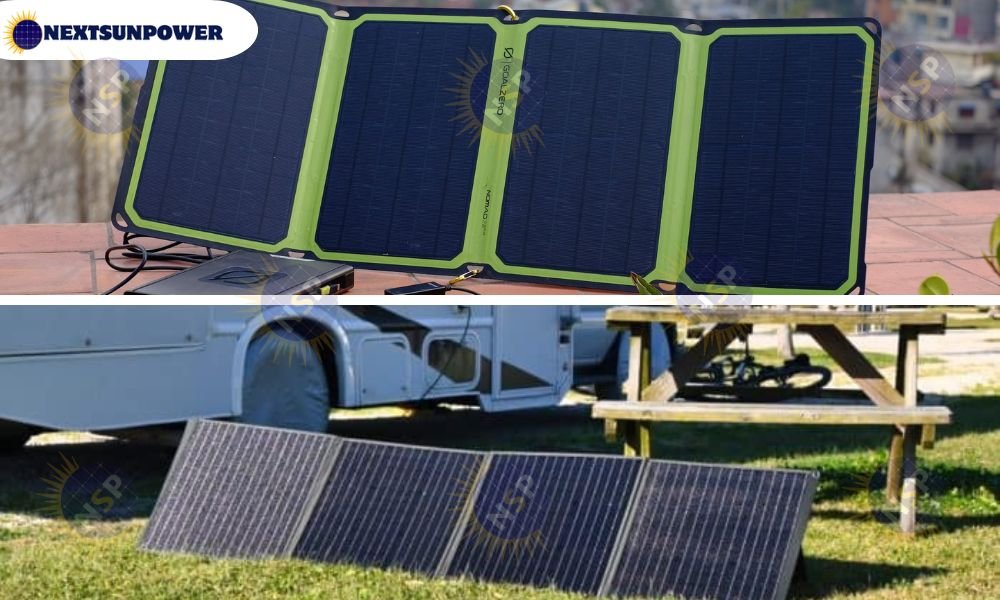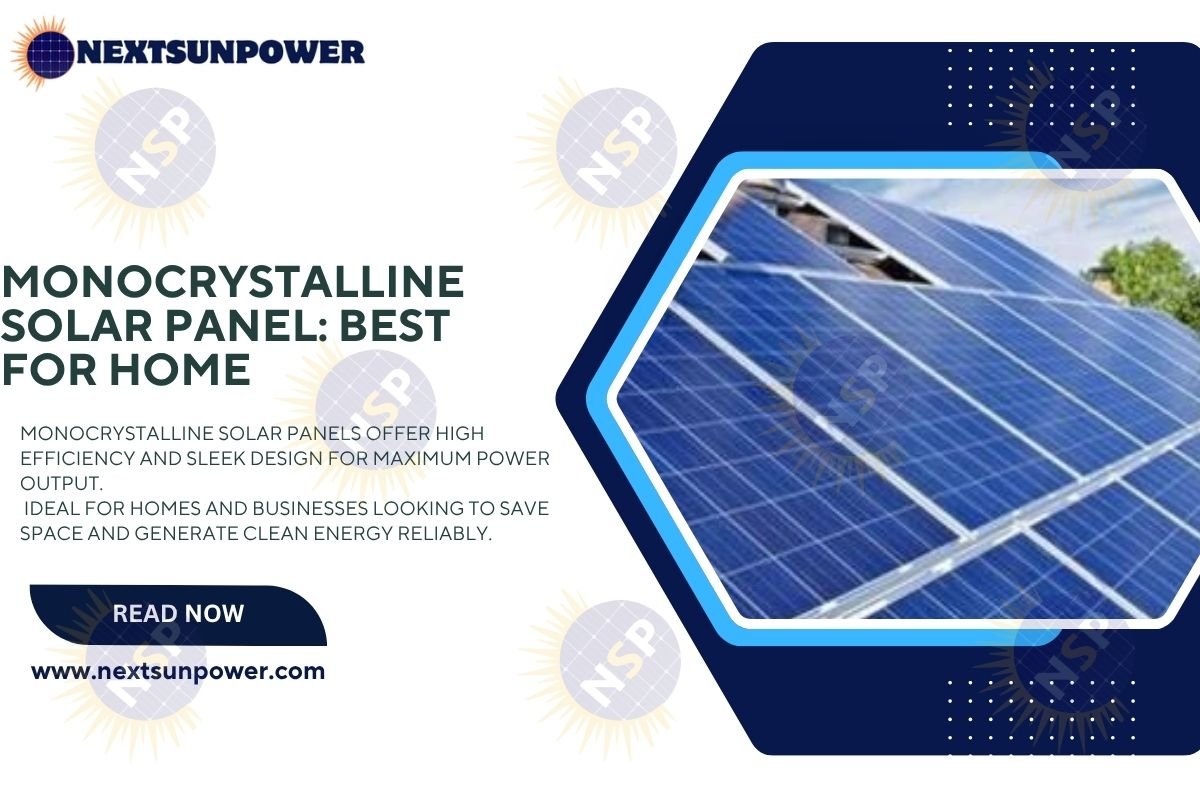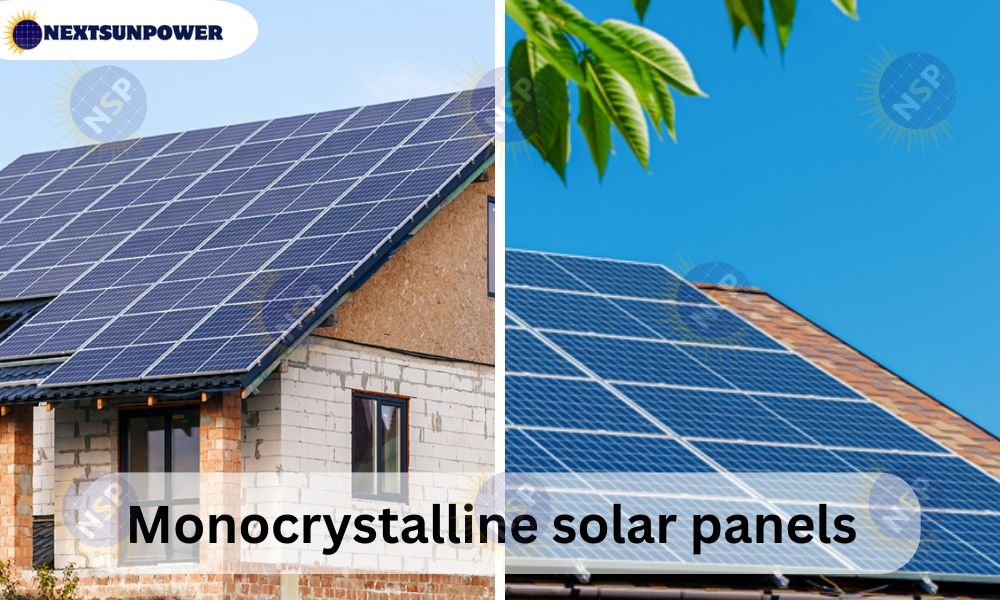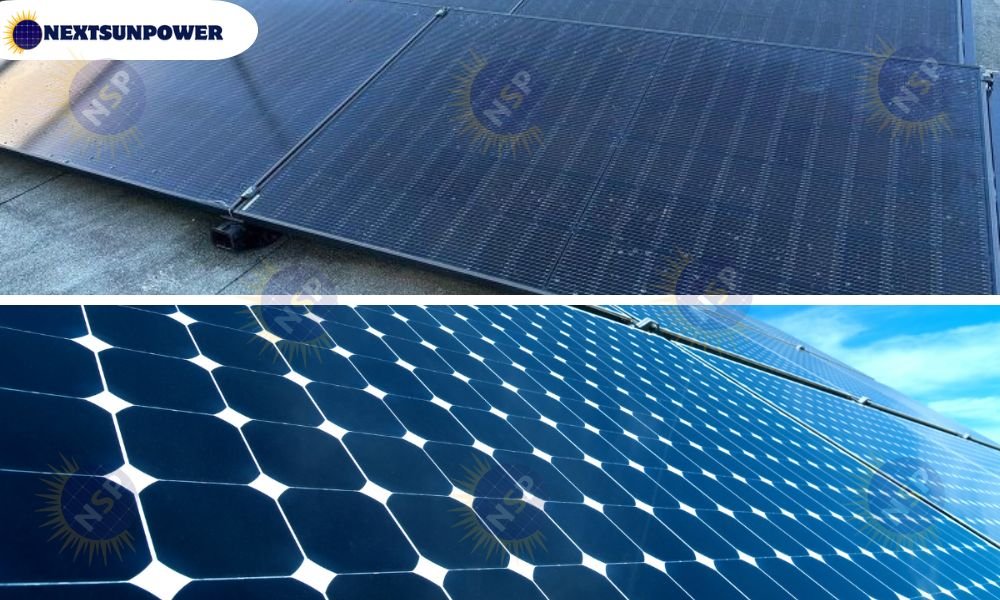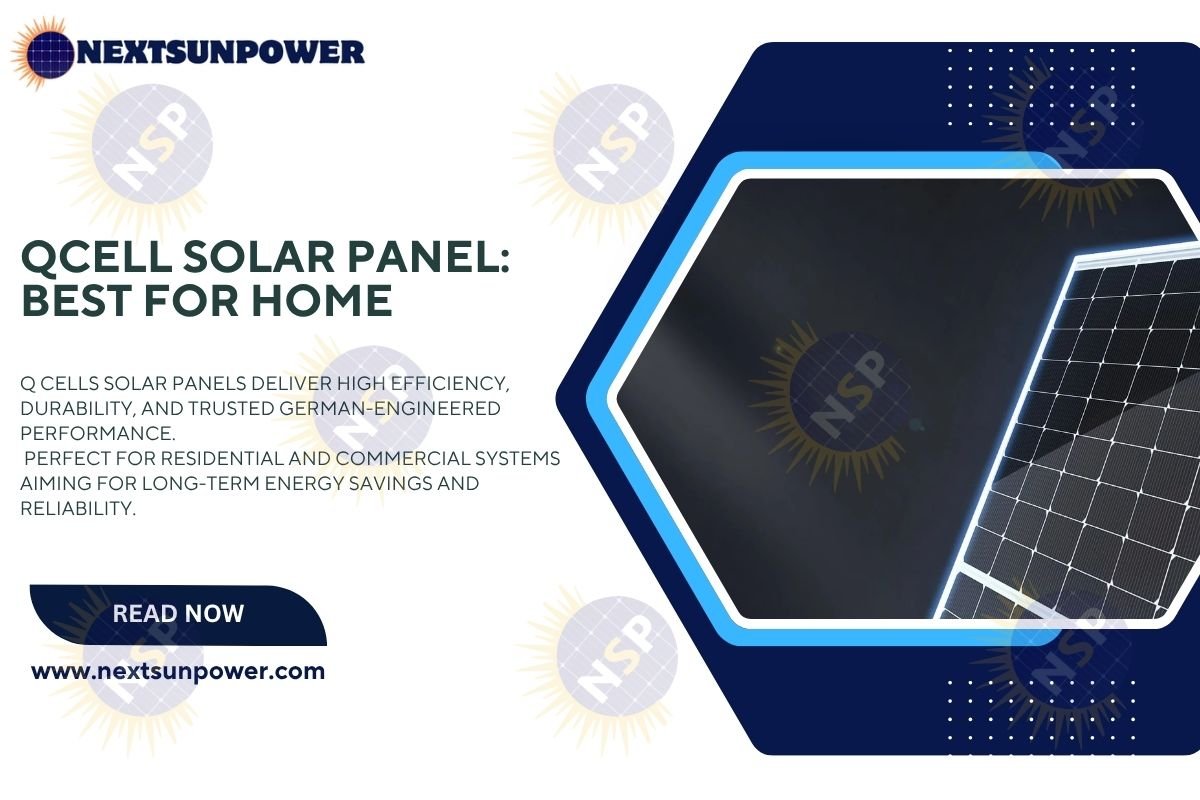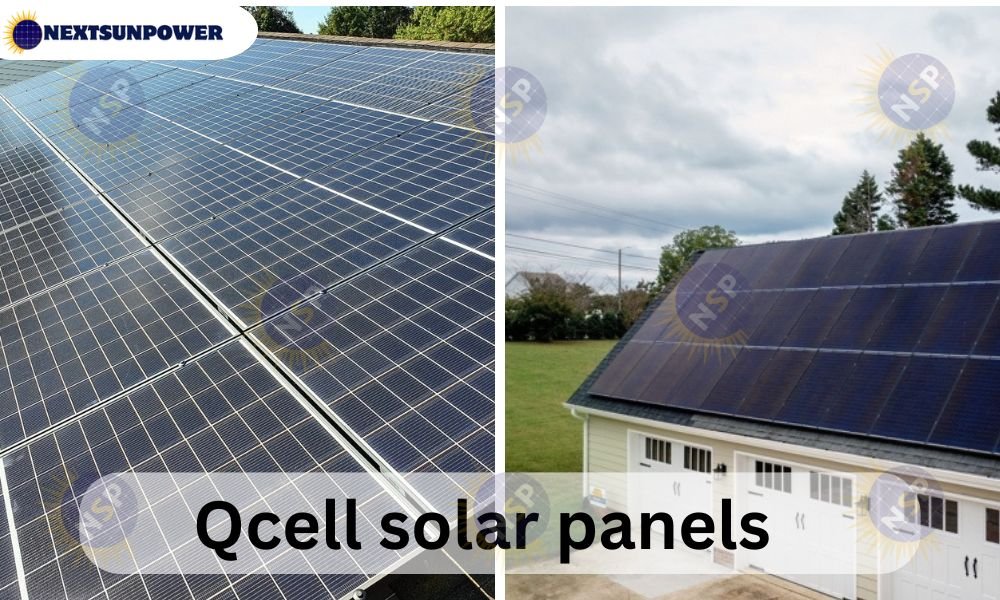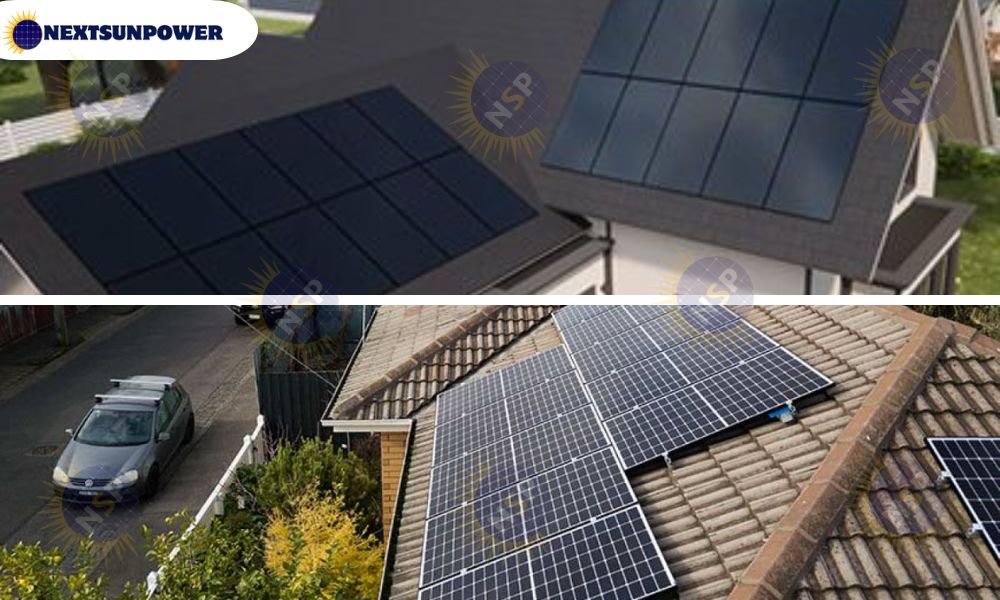Let’s face it, when you have solar panels installed, you desire them to provide clean energy for decades to come. But what people don’t realize: bird droppings, dirt, and dust might avoid allowing sunlight to reach and reduce your system’s efficiency by as much as 30%. That’s big! solar panel cleaning companies
If you want ultimate return on investment from your solar panels, then regular cleaning is a necessity. And although it appears to be a simple, easy DIY venture, it’s often the most prudent, safe, and sensible thing to employ solar panel cleaning services.
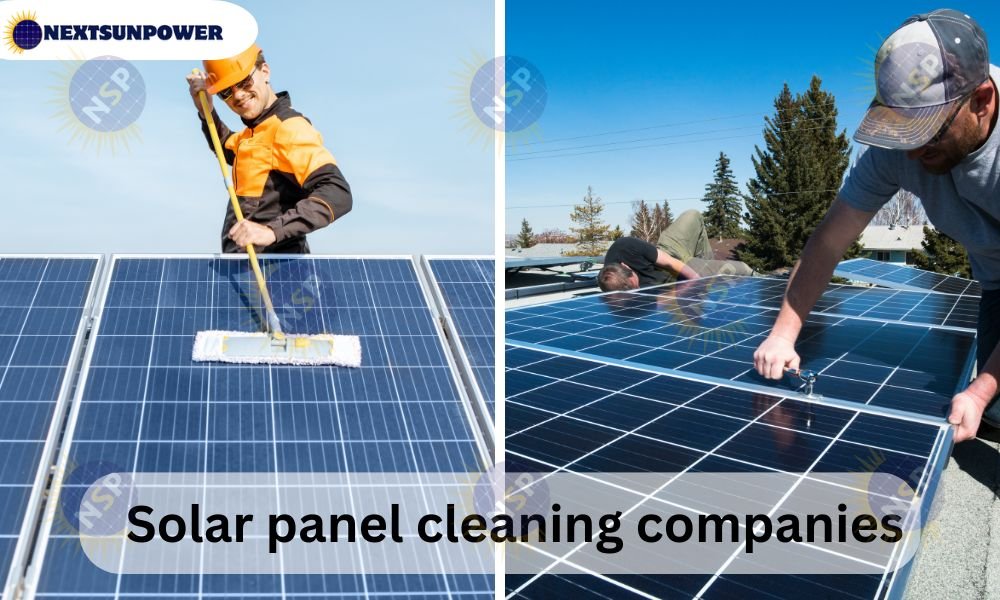
What Do Solar Panel Cleaning Services Do?
Solar panel cleaners are professionals who clean your solar system more efficiently and safely. They use eco-friendly cleaning chemicals and equipment that will not damage the surface of your panels.
you’ve already searched for “ ,” you’ve already started on the right path. Not only do they clean your panels, but they also check for debris, shading issues, or damage that can impact performance.
Why You Should Have a Professional Do It
You may be wondering, “Why not just hose down the panels?” Well, there’s a bit more involved than that. Here are some valid reasons why professional cleaning is worth doing:
- Safety First
Cleaning solar panels typically means climbing up onto the roof — risky without safety gear or experience. Professional cleaners have safety gear and training to work on tricky areas, steep roofs, and heights.
- They Know What They’re Doing
Trained technicians don’t simply spay water and hope. They use technical brushes, water filtration systems, and even robotic cleaning machines where necessary to extract the dirt without harming panels. The result? Sparkling panels performing like new.
- Saves You Time and Effort
Face it — your Saturday might just as well be spent on something else. Having it done by a company gives you the freedom to enjoy your weekend while your panels are cleaned correctly.
- It Saves Your Panels and Warranty
Certain solar panel warranties require maintenance. Cleaning panels the wrong way (like pressure washers or chemicals) can invalidate your warranty. Professionals know precisely what is safe to use.
How Frequently Should Solar Panels Be Cleaned?
Really, it varies a great deal on where you are and what is surrounding your panels. But these are some general rules of thumb:
- Once a year or so in common urban or suburban environments.
- Every 3-4 months if you’re close to fields, a dry dusty area, or building sites.
- Quarterly or more if there are many trees or birds around.
If your panels are not working so well lately or appear visibly soiled, it’s probably time to clean them.
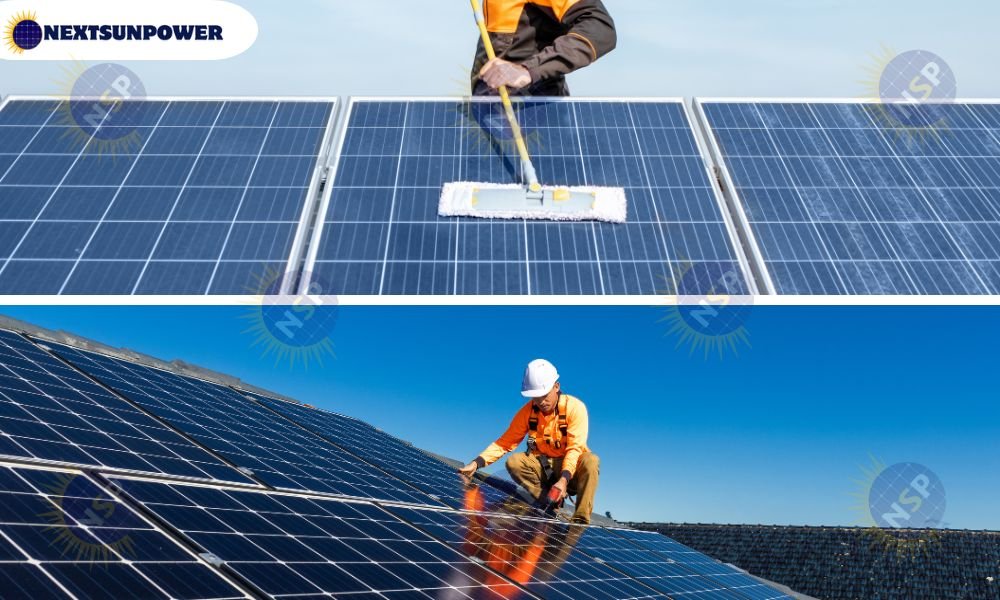
How to Obtain the Best Solar Panel Cleaning Services in Your Region
Entering “solar panel cleaning services near me” into your search engine will give you more than adequate local listings — but how do you choose? Here is a convenient checklist:
- Experience and Reputation
Look for those who have good solar cleaning experience. Look up customer reviews on Google or Yelp to see if customers are happy with their work.
- Proper Licenses and Insurance
This is a must. Make sure the company is fully insured. That way, if something goes wrong during the cleaning, you’re not left with the bill.
- Eco-Friendly Cleaning Practices
Avoid companies that use nasty soons or chemicals. Better companies use deionized water and soft-bristled brushes to clean your panels efficiently without harming the environment — or your panels.
- Low, Clear Prices
Get multiple price quotes from different companies before choosing. Price will usually be based on the number of panels you have, whether they are roof-mounted or ground-mounted, and how dirty they are.
Cool Technology Used by Cleaning Companies
Solar cleaning isn’t the stone age, believe it or not. Most companies today use the newest technology including:
Robotic panel cleaners: The robots replace the large systems with minimal water and no man.
Drones: Pre-cleaning or post-cleaning of solar panels.
Water-fed poles with filtered water systems: No soap needed, just residue-free cleaning with zero residue left behind.
Benefits of Regular Solar Panel Cleaning
Still undecided on whether to do it this year? Here’s what regular cleaning can do for you:
Increase Efficiency: Clean panels can produce more electricity, meaning lower energy bills.
Extended Panel Life: Prevents corrosion and wear and tear over time.
Additional Savings: The additional power generation will pay for the cost of cleaning.
Better Curb Appeal: Clean panels just look better on your roof!
Myths About Cleaning Solar Panels
“Rain will clean them.”
Rain does help, yes — but it’s not enough. Just as your car gets dirty again the moment it rains, your panels will too. Rain creates spots and won’t cut through slippery tar, glue, or dust accumulation.
“I can use a pressure washer.”
Don’t. Pressure washers will break the glass or loosen the wiring. Use soft brushes and low pressure — or call in the professionals.
FAQs about Solar Panel Cleaning Services
Q: Does solar panel cleaning cost a lot?
A: No. Homeowners typically spend $100–$250 depending on system size and access. Energy saved in excess energy covers it.
Q: Will I damage my panels?
A: Not if professionally done. Professional services use safe equipment and panel manufacturer-approved procedures.
Q: Can I do it myself?
A: You can, but you should not. You could injure yourself or invalidate your warranty. It is wiser and usually cheaper in the end to call a professional.
Conclusion
At the end of the day, solar panels are a major investment — and they should be treated like on e. Keeping them clean with help from solar panel cleaning companies ensures you’re getting the most power, the longest lifespan, and the best return on your money.
So the next time you notice your power output reduced or your panels with dust, don’t wait to search for solar panel cleaning services near me. It is one of the simplest ways to keep your solar installation shining bright for years to come.
